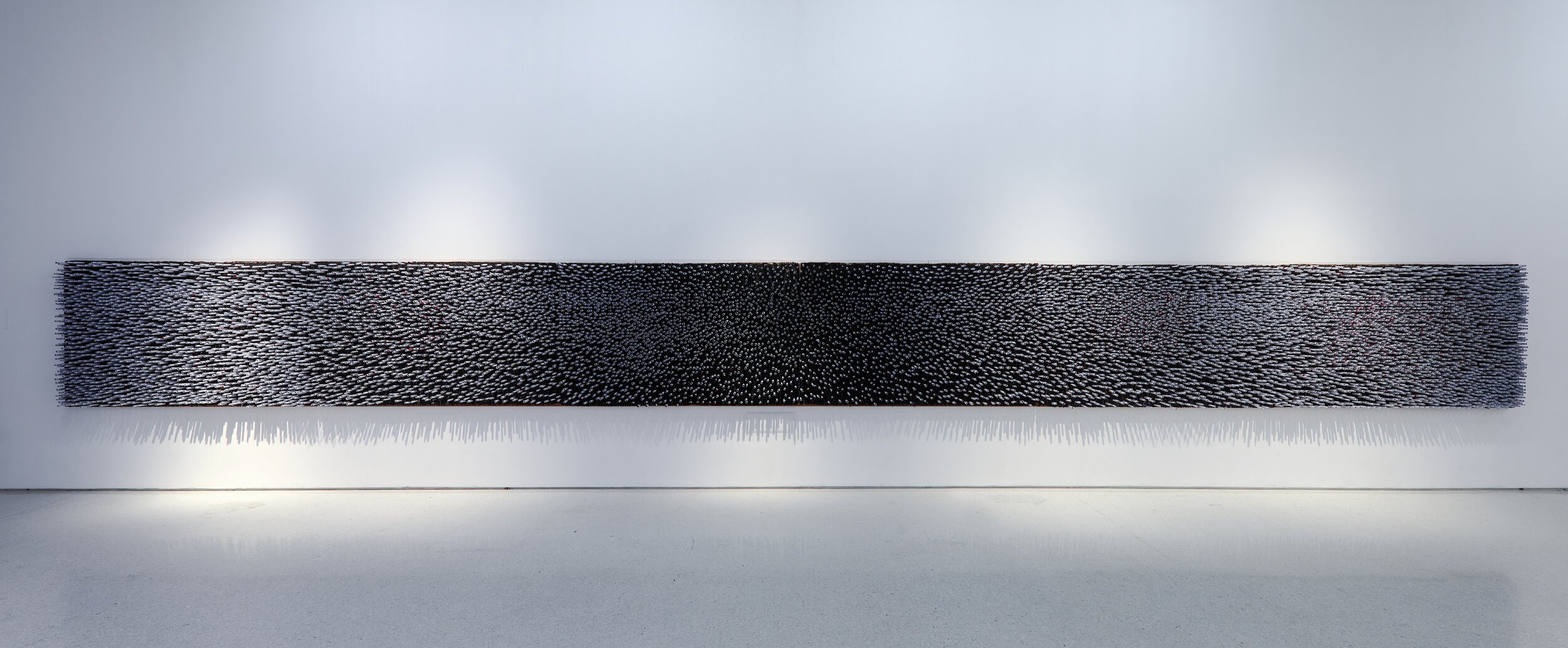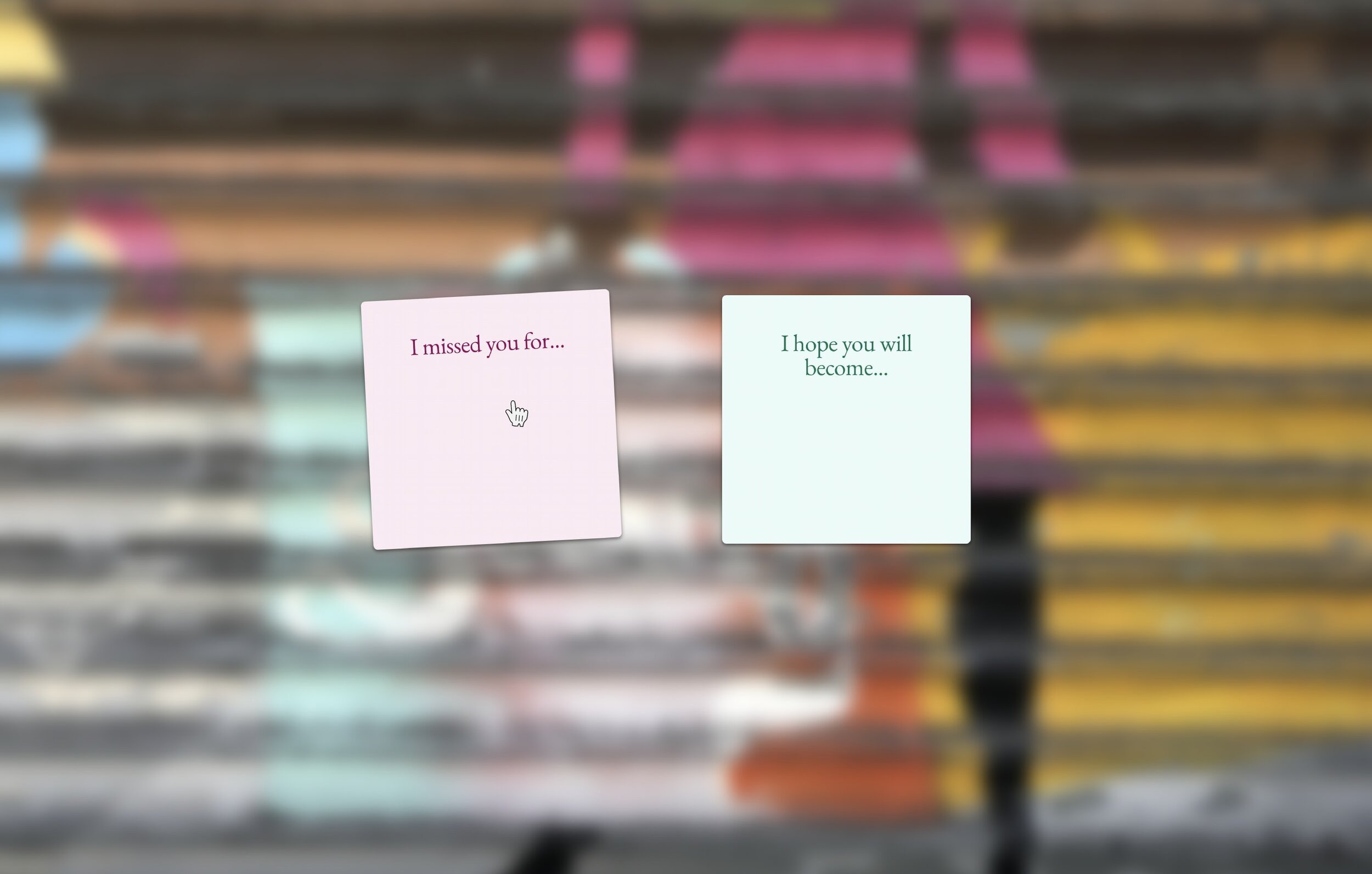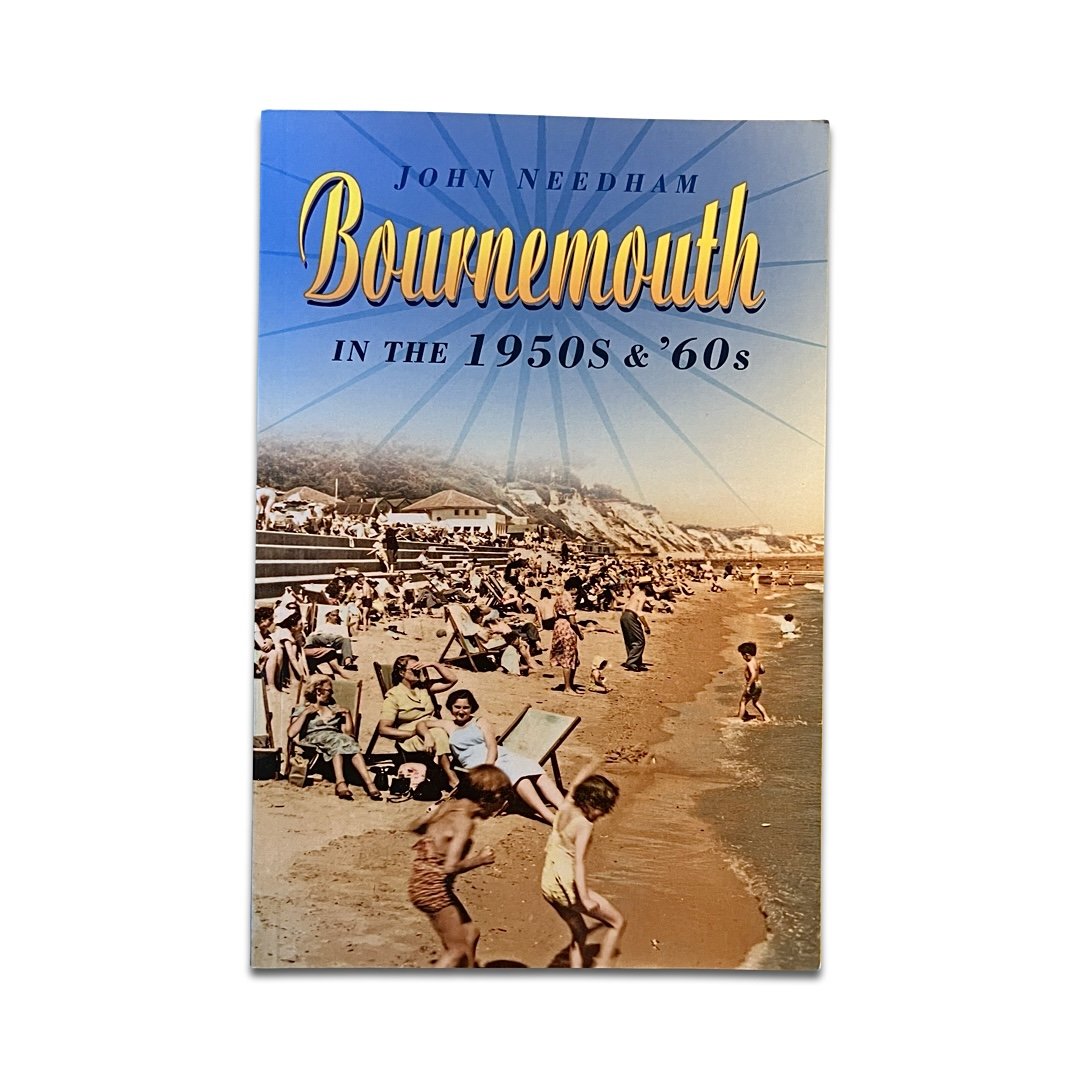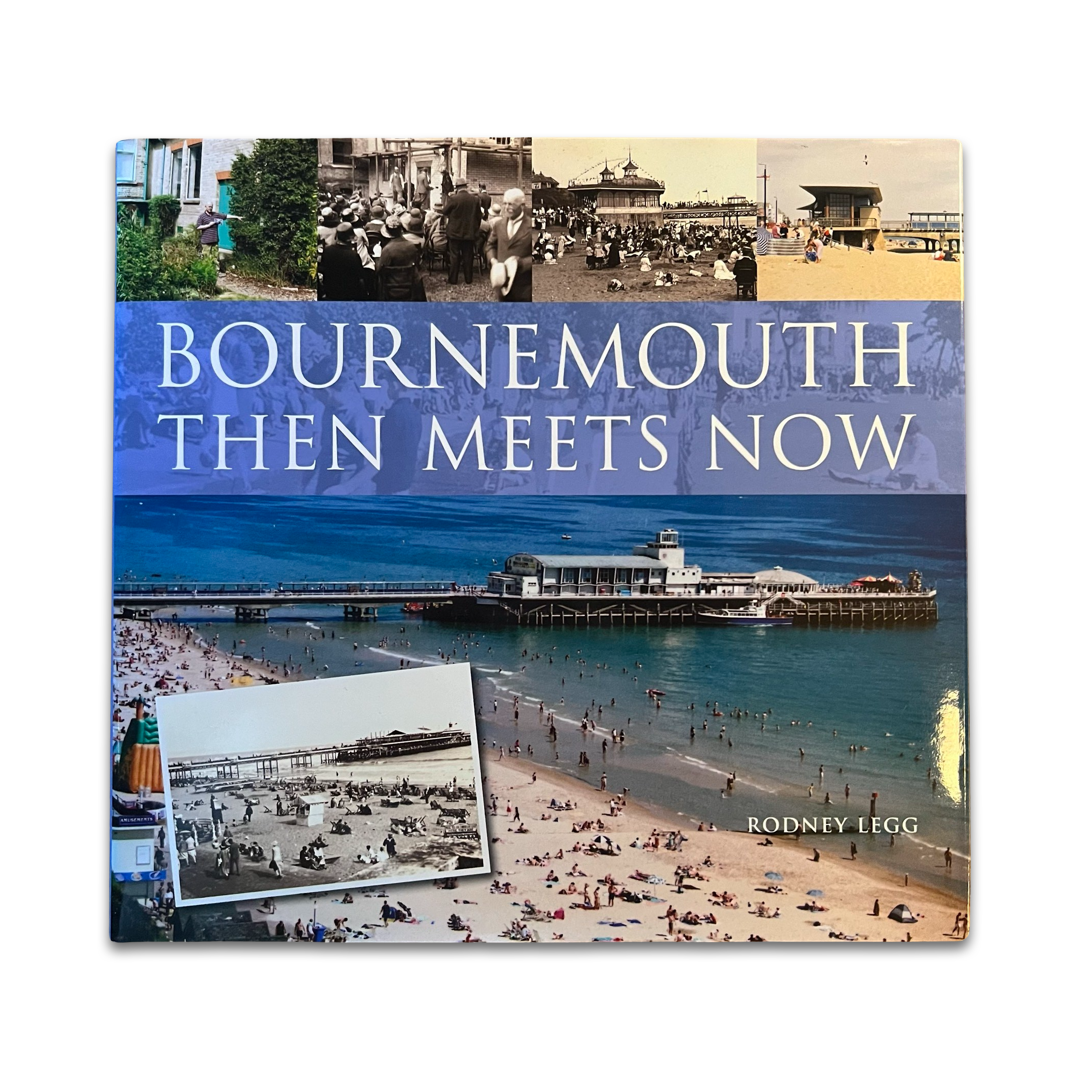Big Data.
Task 3:
In this week's challenge, our assignment was to assess the impact of information design pieces on simplifying complicated data for easy understanding while also considering things like clarity, communications, structure and form. As part of this project, I researched existing projects that use innovative data collection techniques to present data in an exciting and informative way. Among the projects I researched, one that stood out as a personal favourite was the Refugee Project.
Learning Objectives:
LO2: Contextualise – appraise the social, political and historical contexts in which design practice operates.
LO3: Analyse – evaluate research findings and use sound judgement informed by critical debate at the forefront of the academic discipline.
LO4: Distil – position a creative strategic insight that has been distilled and refined through an informed investigation.
LO6: Make – select and utilise relevant tools, skills and technologies in the delivery, iteration and sustainable production of an outcome.
LO7: Collaborate – demonstrate inclusive and empathetic strategies to plan and execute a project across distributed collaborative situations.
LO8: Design – realise a final solution that evidences its strategic journey and clear relationship between form and function.
Workshop Challenge:
I have learned a lot from reading The Refugee Project. It has taught me how to present data logically, structure data logically to make it easier for users to navigate and understand, and humanize data to make it easier to understand and engage with. All in all, exploring this project has opened my eyes to the power of data presentation techniques and how they can inform and shape a project brief. The Refugee Project simplifies complex data with interactive maps, visualization, colour coding, and filters. It organises data chronologically and geographically and includes narratives and context, reinforcing the idea of humanising data to improve understanding and engagement. This critical reflection on this project taught me a lot about approaching a brief. Data visualization and presentation are the essential parts of a project brief.
Project’s Process:
Reflection on tutorial with Stuart:
After my tutorial with Stuart, I felt confident about my idea because he understood what I was saying and affirmed that my idea was clear with a good starting point. His suggestion to use Bournemouth as a metaphor for change deeply resonated with me. He also raised questions that prompted me to consider the material and presentation style for the final project and how to make it something launch-worthy and worthy of celebration. Stuart’s feedback made me feel more connected to my idea and allowed me to start working on it confidently.
Today in Bournemouth:
Israel has killed over 11,500 Palestinian children in Gaza & the West Bank since October 7th, when 36 Israeli children were killed. It’s impossible to imagine that number. This is what a 5km long line of dead people clothes looks like.
Mindmapping + Idea Generation:
Research Questions:
How can a community art project reflect Bournemouth's cultural shift, and how has language been used to reflect that?
What role does participation in community art projects play in reflecting Bournemouth's cultural evolution, and how is language utilized to depict this shift?"
How does engagement in community art projects influence the historical narrative and contemporary identity of Bournemouth?"
"What is the impact of public collaborative art on Bournemouth city, and does it contribute to enhancing and strengthening the local community?"
Design Context:
“Unless there’s terrible news Africa doesn’t get much notice in this part of the world. But at the Venice Biennale six years ago it was the object of thousands of beauty-bedazzled eyes, even if some of those eyes didn’t know at first what they were looking at.” - El Anatsui
During my trip to Amsterdam, I saw El Anatsui's art, and it left a strong impression on me. His attention to detail, patience, and creativity inspired me to think about the kind of designer I want to be and what I can achieve. It made me believe that with dedication and self-confidence, I can turn simple ideas into something remarkable. I can make anything from nothing.
“Something powerful happens when you give young people a chance to create public artwork: they find a positive way to express themselves, they feel more connected to their communities and their peers, and they gain real-world skills that prepare them for the future.”
“I miss you for…” and “I hope you will become…”, inviting users to contribute their reflections on both a nostalgic past, and an ideal, reinvented future.”
World Wide Context:
Bournemouth’s Name Evolution:
-
The town's original name was "Bourne Mouth," which referred to its location at the mouth of the Bourne stream. This name was in use when the town was primarily a small, unincorporated settlement.
-
A shorter version of the name, "Bourne," was informally used in reference to the town.
-
The town officially adopted the name "Bournemouth" in 1810 when it was founded as a seaside resort and spa town. This name change reflected its transition from a small village to a more prominent and tourist-oriented destination.
-
For a brief period in the 1870s, there was a proposal to change the name to "Hengistbury," but it faced strong opposition from local residents, and the idea was abandoned.
-
A neighboring district and part of the Bournemouth area, often considered separately but still part of the larger conurbation.
-
A more modern and informal nickname sometimes used by young locals. description
-
The town officially adopted the name "Bournemouth" in 1810 when it was founded as a seaside resort and spa town. This name change reflected its transition from a small village to a more prominent and tourist-oriented destination. Then, after several name changes, the name "Bournemouth" was reaffirmed and has remained the official and widely recognized name since the early 19th century. It reflects the town's continued growth and transformation into a popular seaside resort and eventually into the thriving coastal city it is today.
Books I bought to fully understand the identity of Bournemouth:
Self-Reflection:
This week was quite intense, with considerable reading, which overwhelmed me since research isn't typically my favourite activity. Nevertheless, this week was crucial in shaping my project brief and generating a concrete idea. After receiving positive feedback from my tutorial with Stuart and realizing that my project had a clear direction, I felt a sense of happiness and relief. To streamline my work, I divided my research into two parts: one focusing on design contexts and the other on worldwide context, each serving a distinct purpose. This approach simplifies the process of writing my 3000-word essay. I discovered numerous inspiring existing projects that helped me articulate my ideas, and I'm satisfied with my progress this week; it feels like a significant accomplishment for my project.










































































